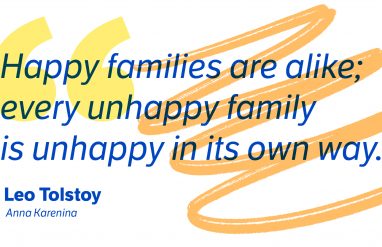Move Over, Santa Claus
When it comes to Christmas, we all know Santa Claus, that white-bearded, big-bellied, reindeer-ridin’ gift-giver from the North Pole.
But the holiday hosts a cast of other beloved characters. Some of them may be less familiar or have less name recognition than jolly old Saint Nicholas. Some of them are older than you might guess, with interesting origins. Yet others are far newer than you realize.
And then there are mythical figures, like the Krampus, that would have Santa scrambling back up the chimney! So, without further ado, here are some of the offbeat, lesser-known, or surprising characters of Christmastime.












